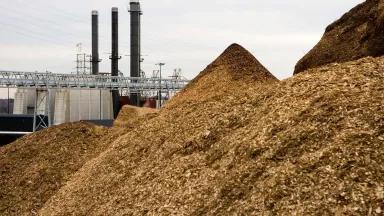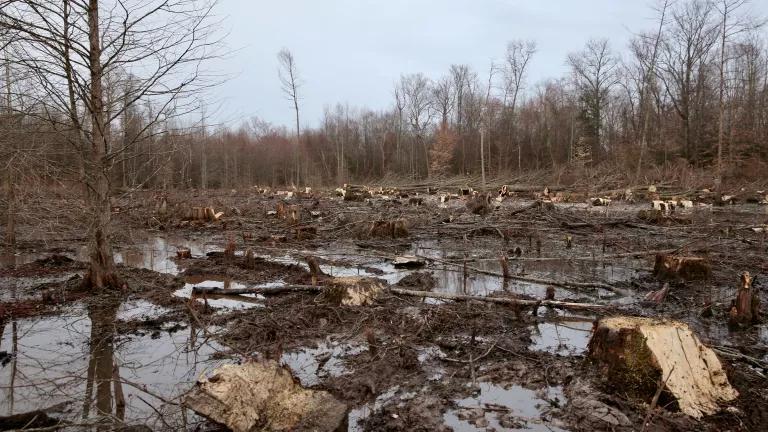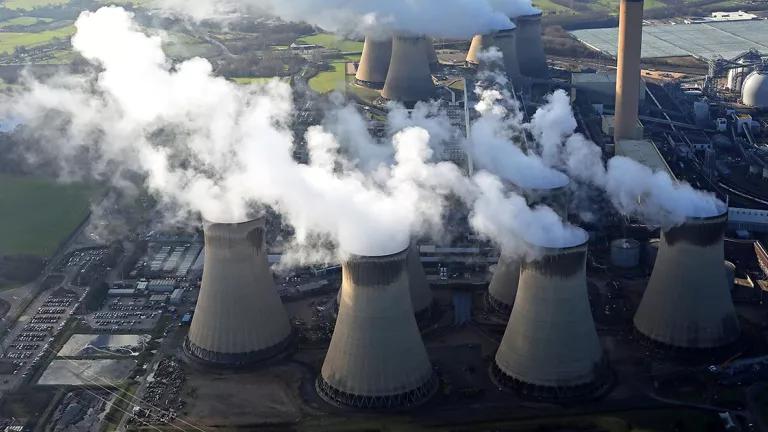Support Renewable Energy that Protects the Wild
We ensure wind and solar projects won't harm ecosystems by identifying potential conflicts from the beginning.

Bob Van Den Berg Photography/Getty Images
Many of the best places in America to harness wind and solar energy are also home to wildlife, such as the greater sage grouse and the desert tortoise. Misguided bioenergy incentives, both in the United States and in Europe, threaten to destroy rare ecosystems like our magnificent southeastern forests.
Implementing more clean energy—and quickly—is critical to protecting our wildlife and wild lands from the growing impacts of climate change. But NRDC is pioneering ways to ensure that this much-needed renewable energy is produced "smart from the start"—in areas with high-energy potential but low environmental risk. These sites should also be near necessary infrastructure, such as electrical transmission lines.
We can ensure wind and solar projects have the lightest possible impact on the landscape by identifying potential environmental and wildlife conflicts from the beginning. While helping companies and government agencies steer these projects away from pristine landscapes and wildlife habitats, we also focus on areas that have already been disturbed, like former agricultural or grazing lands that are no longer suitable for farming or ranching. And we're working hard to make sure the nation's first-ever solar program for public lands is put into place with the right incentives as well as the right protections.

Nik Palomares/Snapwire/Corbis
We're also fighting to keep our vibrant forests from being cut down and burned as fuel. Not long ago, all bioenergy was considered to be renewable. However, burning trees not only destroys forests that provide homes for wildlife and help clean the air, but recent studies show it also creates more carbon pollution than coal, gas, and oil.
It is important to ensure that U.S. and European policies do not incentivize this type of harmful bioenergy production. Right now, several companies are producing wood pellets—a form of biomass energy that is burned in European power plants—out of trees from clear-cut forests in the American South. We are pushing European and U.S. policymakers to shift to more renewable energy resources, such as smart-from-the-start wind and solar, and to limit bioenergy incentives to more sustainable, low-carbon forms of biomass like sawdust and agricultural residues.
Related Content

Missing the Forest: How Carbon Logging Loopholes Hinder Canada's Climate Leadership
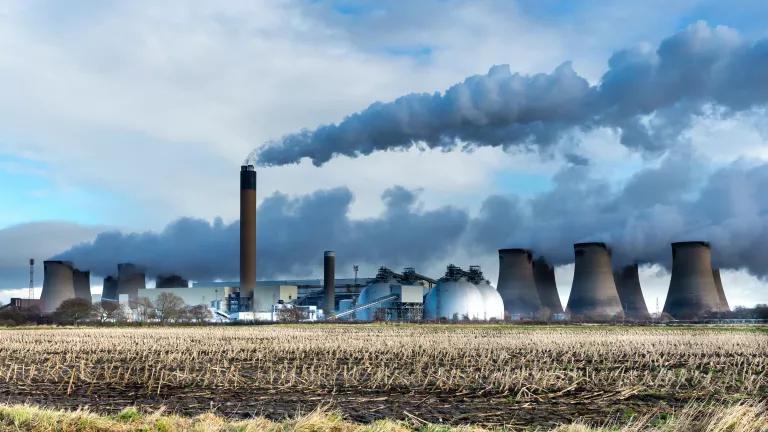
A Bad Biomass Bet: Why the Leading Approach to Biomass Energy with Carbon Capture and Storage Isn't Carbon Negative
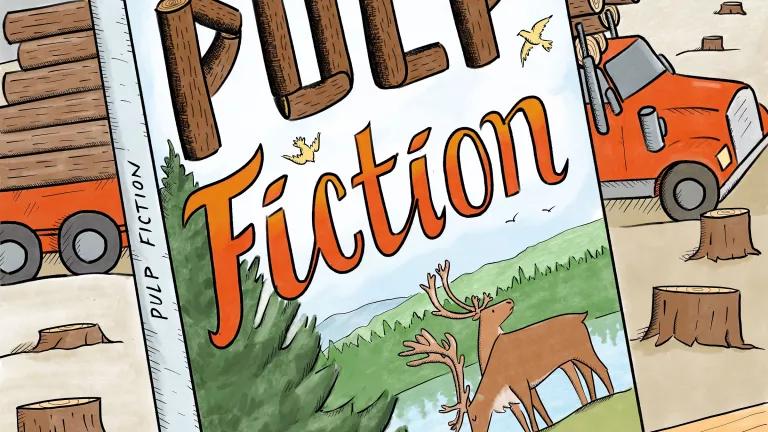
Pulp Fiction: Canada’s Largest Pulp Producers’ Actions Do Not Match Their Sustainability Claims
California Enacts Plan for Smart Offshore Wind Development

Forest Biopower Is Far From Carbon Neutral
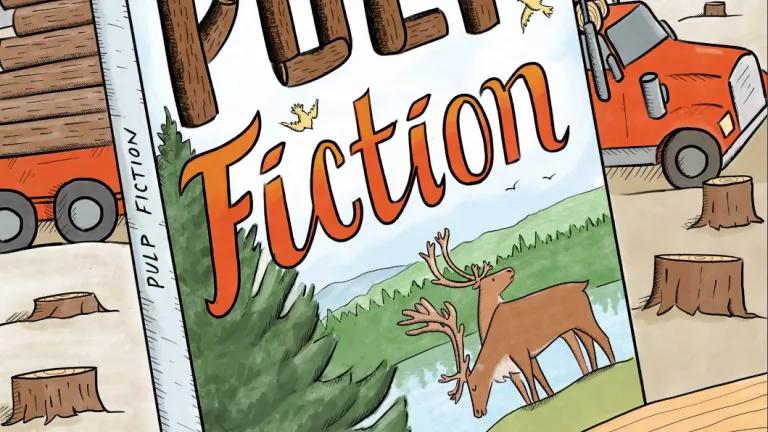
Pulp Fiction: New Report Shows P&G Is Spinning Tales

Reinventing the Wind Turbine
New Study Debunks Carbon Neutrality of Forest Biomass
Report: Tissue Market Is Shifting to Sustainability, But P&G Doubles Down on Flushing Climate-Critical Forests for Toilet Paper
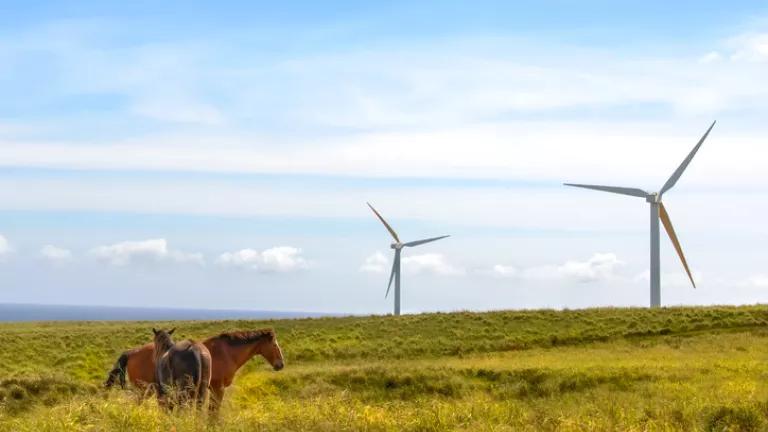
More Wind and Solar Farms Thanks to a Pentagon Partnership
Vineyard Wind, Conservation Groups Reach Historic Agreement to Protect Right Whales






